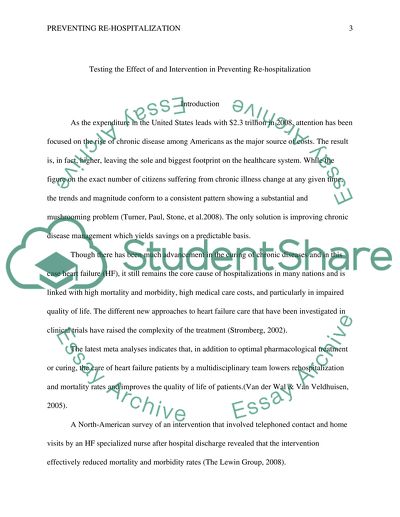Cite this document
(“Preventing Re-Hospitalization - Research Paper”, n.d.)
Retrieved from https://studentshare.org/nursing/1446335-testing-the-effect-of-an-intervention-in
Retrieved from https://studentshare.org/nursing/1446335-testing-the-effect-of-an-intervention-in
(Preventing Re-Hospitalization - Research Paper)
https://studentshare.org/nursing/1446335-testing-the-effect-of-an-intervention-in.
https://studentshare.org/nursing/1446335-testing-the-effect-of-an-intervention-in.
“Preventing Re-Hospitalization - Research Paper”, n.d. https://studentshare.org/nursing/1446335-testing-the-effect-of-an-intervention-in.


